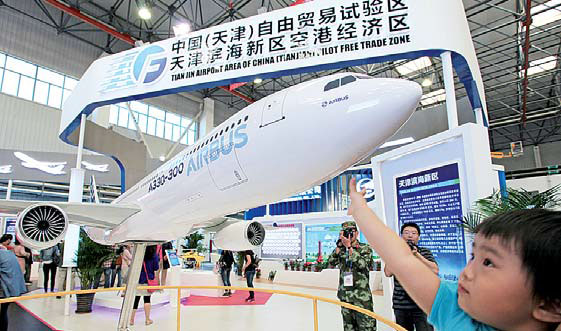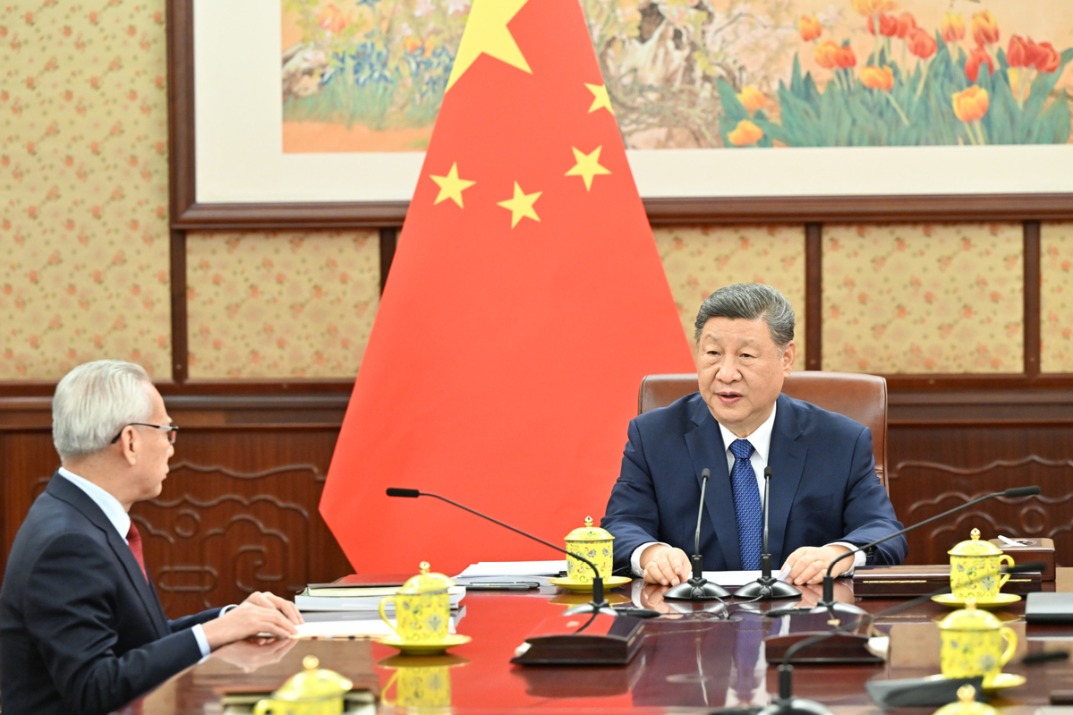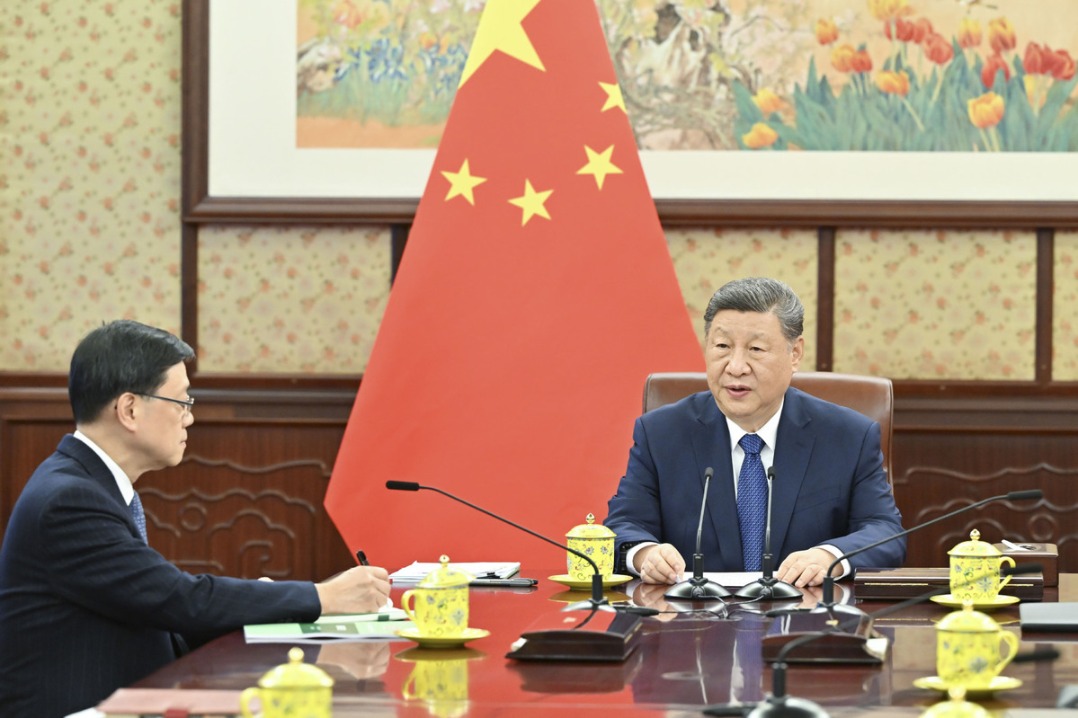China's FTZs sharpening their competitive edge

The development of free trade zones will create a competitive edge for China to tap supply-side reform and the Belt and Road Initiative, as well as allow inland regions to diversify their manufacturing and exploit their geographical advantages, senior commerce officials said on Dec 26.
Commerce Minister Gao Hucheng said China has introduced 19 practical measures related to the investment environment, administrative reforms and policies to assist innovation in its four FTZs.
The country will open another seven FTZs - the third batch - including Liaoning and Zhejiang provinces, to create new market growth points for both trade and investment. The plan was approved by the central government in August.
FTZs offer global companies the ability to expand in China and for Chinese companies to move their capital to overseas markets in diverse services and financial operations, such as e-commerce, manufacturing and logistics.
| A major helicopter expo in China (Tianjin) Pilot Free Trade Zone. Provided to China Daily |
"Based on statistics between January and November, China is expected to gain $126 billion (121 billion euros; 103 billion) in foreign direct investment from the nonfinancial sector in 2016," Gao said at the ministry's annual meeting in Beijing.
The third batch of FTZs is expected to be officially launched as early as January, according to Economic Information Daily.
Tang Wenhong, director-general of the ministry's department of foreign investment administration, said the nation will further simplify and modify four foreign investment laws and encourage foreign companies to invest in the country's central and western regions next year.
"China's modern service businesses; its environmental protection, communication and information services; and its high-tech industries will offer more market access to foreign investment in 2017," Tang said.
"Foreign companies have discovered that market demand in China is changing, as both consumers and companies want to purchase more high-value-added products, and there is a surging demand for services," said Li Gang, vice-president of the Beijing-based Chinese Academy of International Trade and Economic Cooperation, the ministry's think tank.
Li says that because the service infrastructure facilities of China's central and western regions are not as advanced as those in eastern regions, foreign companies are keen to enter markets that have yet to fully develop.
"The upcoming Hubei FTZ could possibly cut companies' financial costs in the area," says Fu Cheng, chairman of Exsun Electronics and Information Technology Inc, a company that makes satellite positioning systems in Wuhan, Hubei province.
He said if the Hubei FTZ adopts the operating model of Qianhai in Shenzhen, Guangdong province - where intercompany transactions are tax-free and businesses pay taxes annually instead of monthly - then liquidity costs will be significantly reduced. Now companies have to pay taxes as long as transactions are billed, even if customers have yet to pay.
He Fei contributed to this story.
Contact the writer through zhongnan@chinadaily.com.cn
(China Daily Africa Weekly 12/30/2016 page26)
Today's Top News
- Foreign ministers of China, Egypt call for Gaza progress
- Shield machine achieves Yangtze tunnel milestone
- Expanding domestic demand a strategic move to sustain high-quality development
- Xi hears report from Macao SAR chief executive
- Xi hears report from HKSAR chief executive
- UN envoy calls on Japan to retract Taiwan comments































